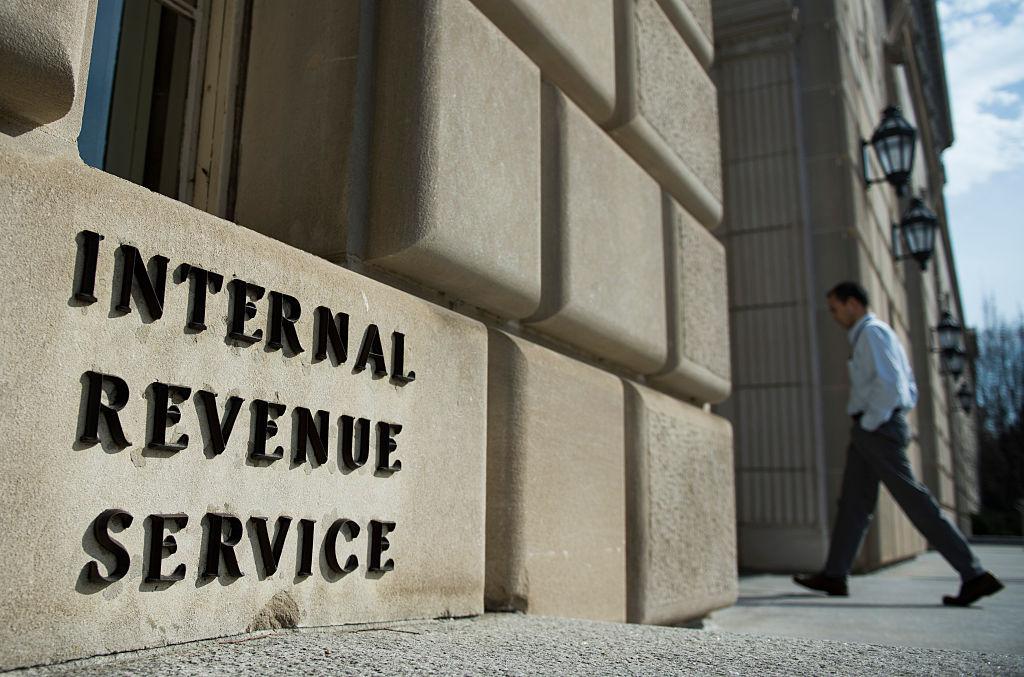Under the new tax code, taxpayers who itemize their deductions will be subject to a cap on state and local tax (SALT) deductions. States with higher individual income and property tax rates have objected to this cap and have created tax maneuvers to avoid the new limit.
The 2017 Tax Cuts and Jobs Act limits an individual’s deduction for SALT to $10,000. Any state and local individual income or property tax payments in excess of that amount will no longer be deductible.





